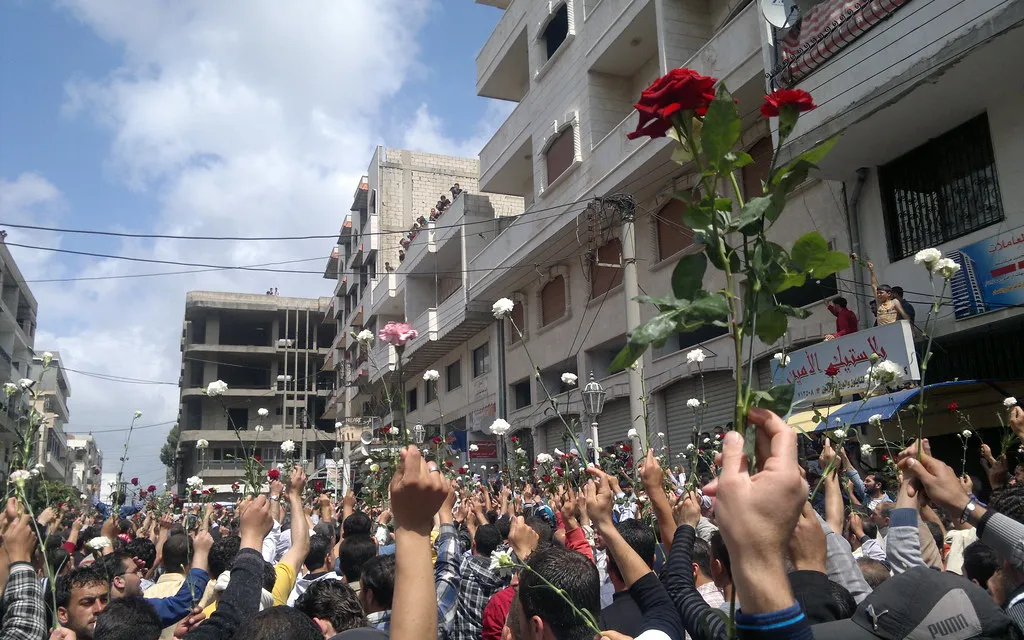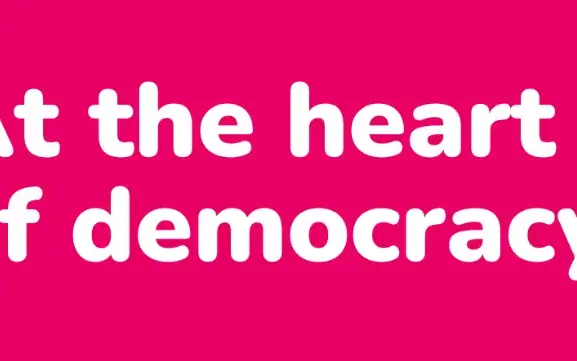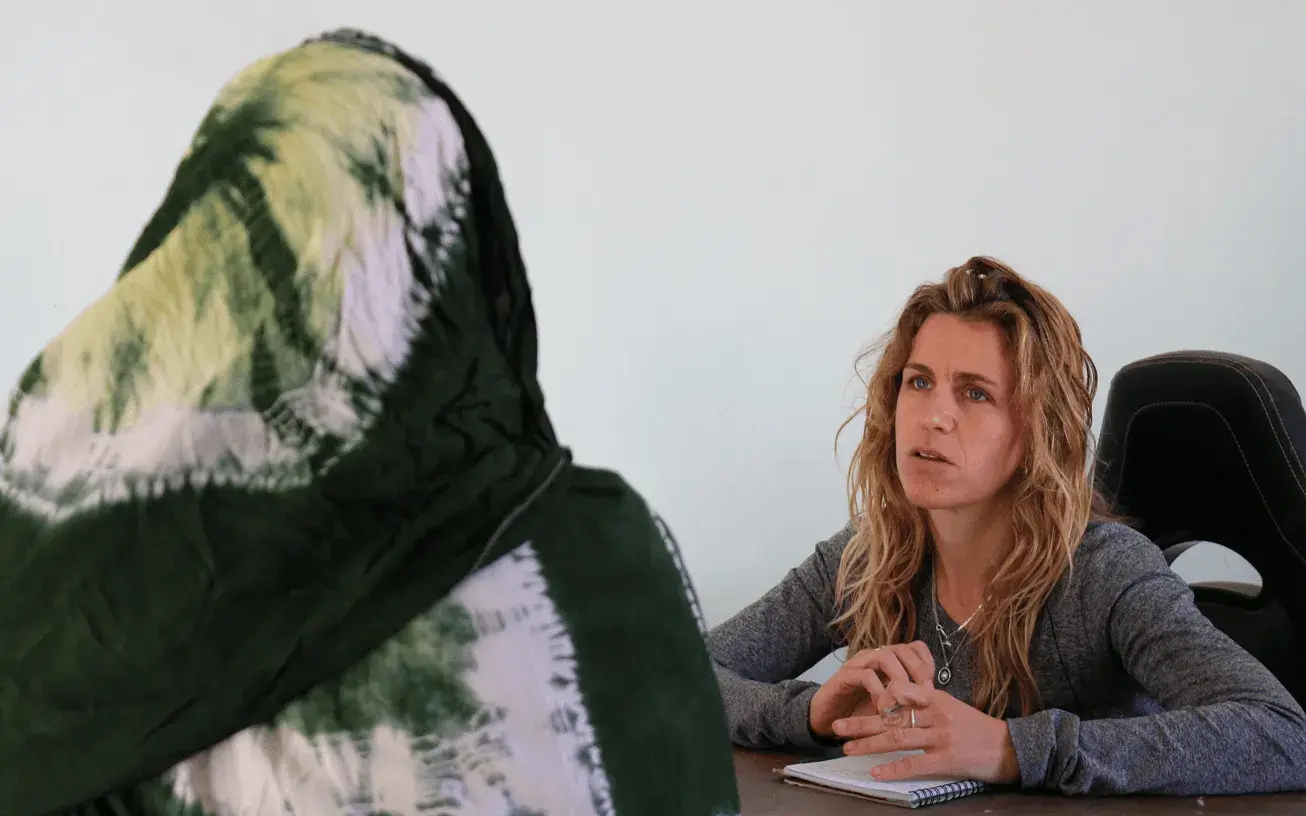The 2019 Alert report, prepared by the School of Peace Culture, records 34 armed conflicts around the world in 2018. Most of them are in Africa.
Syria, Afghanistan and Yemen share the first places: they are the countries where more people died as a result of armed conflicts during the past year. There were 34 armed conflicts around the world throughout 2018, one more than the previous year. Only one of them, in Ethiopia, ceased to be considered a conflict after the signing of a historic peace agreement.
The most serious conflicts, apart from those mentioned at the beginning, happened in Libya, Mali, the Chad Lake region, Somalia, Sudan of the South and Iraq. Last year, however, there was a change in trend with respect to 2017. 30 per cent of the world's armed conflicts experienced an escalation of violence, but in 38 per cent of cases conflict was reduced.
Some of the worst consequences of armed conflicts continued to be sexual violence and forced displacement. The balane sheets said that until the end of 2017, 68.5 million people had been forced to leave home as a result of situations of conflict, persecution, violence or human rights violations, almost 3 million more than the end of 2017.
This is what it collects' 2019 Alert !, a report prepared by the School of Culture of Peace that analyzes the state of the world in terms of conflicts, human rights and peacebuilding. This study considers armed conflict as confrontation with arms between groups that pursue opposite objectives in relation to the political, economic, social or ideological system, or control of resources or territory.
In Syria (Middle East) the armed conflict began in 2004, and although there are difficulties accessing combat zones and obstacles to contrasting and verifying information, it is estimated that last year 20.000 people died, of which 6.500 would be civilians and more than 1.400 children and adolescents. This conflict is also one of those that causes more people to leave their homes. Only in 2018, more than one million people were necessarily displaced by the Syrian war.
Yemen, also in the Middle East, has been affected by multiple conflicts and internal challenges since 2004. In the last year, the armed conflict has intensified and, in addition to causing approximately 28.000 deaths only in 2018 , it has caused that this country lives the worst humanitarian crisis worldwide, with more than 24 million people in need of assistance.
In Afghanistan (South Asia), the numbers of fatalities of a conflict that started in 2001 could outweigh the 43.000 deaths last year. This places it as one of the most serious armed conflicts of the year, although there were also significant advances in the exploration of a peace process.
Africa, the continent with more armed conflicts
Almost half of the 2018 armed conflicts were concentrated in Africa. They were up to 16 on this continent, while 9 were in Asia, 6 in the Middle East, 2 in Europe and 1 in America.
In addition, the conflicts in Libya, Mali, the Chad Lake region (conflict with Boko Haram), Somalia and Sudan of the South were considered high intensity, because they caused more than 1.000 annual fatalities as well as having significant affections on the territory and the population. But the situation was not the same in all African conflicts. Four of them worsened in 2018 compared to the previous year, while in five there was a reduction in hostilities.
African armed conflicts were characterized by their high level of internationalization. Its causes are multiple, but conflicts stand out for the aspiration to a change of government or system, present in most conflicts. In the middle of the conflicts there were also identitarian, self-governing or resource control demands.
Five peace opportunities and five alert scenarios
'2019 Alert!' also identifies five conflicts that could be solved in the near future. The first is the Horn of Africa, after the historic peace agreement between Eritrea and Ethiopia. Also in the south of the Philippines, where a peace situation could be reached if the agreement between the Government and the MILF is implemented, a Muslim group of national liberation. In Europe, the advances in the process of dialogue on Transnistria, now part of Moldova, stand out.
The report also highlights five alert scenarios for the future. Some of the most dangerous ones are in Africa. There is a possible escalation of violence in the Western Sahel region and the effects of the political and economic crisis in Sudan. On the other hand, there is a danger of increasing violence in the Indonesian region of Papua West, 50 years after the failed referendum on self-determination, and risks arising from the absence of dialogue within the framework of the conflict between Turkey and the PKK. In the global arena, the report highlights how hunger in many conflicts can increase the tension.







Add new comment